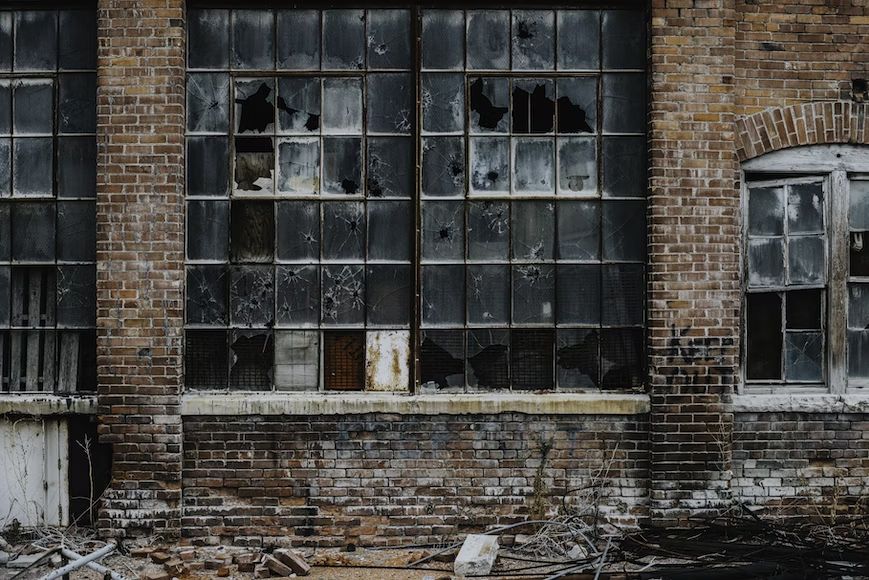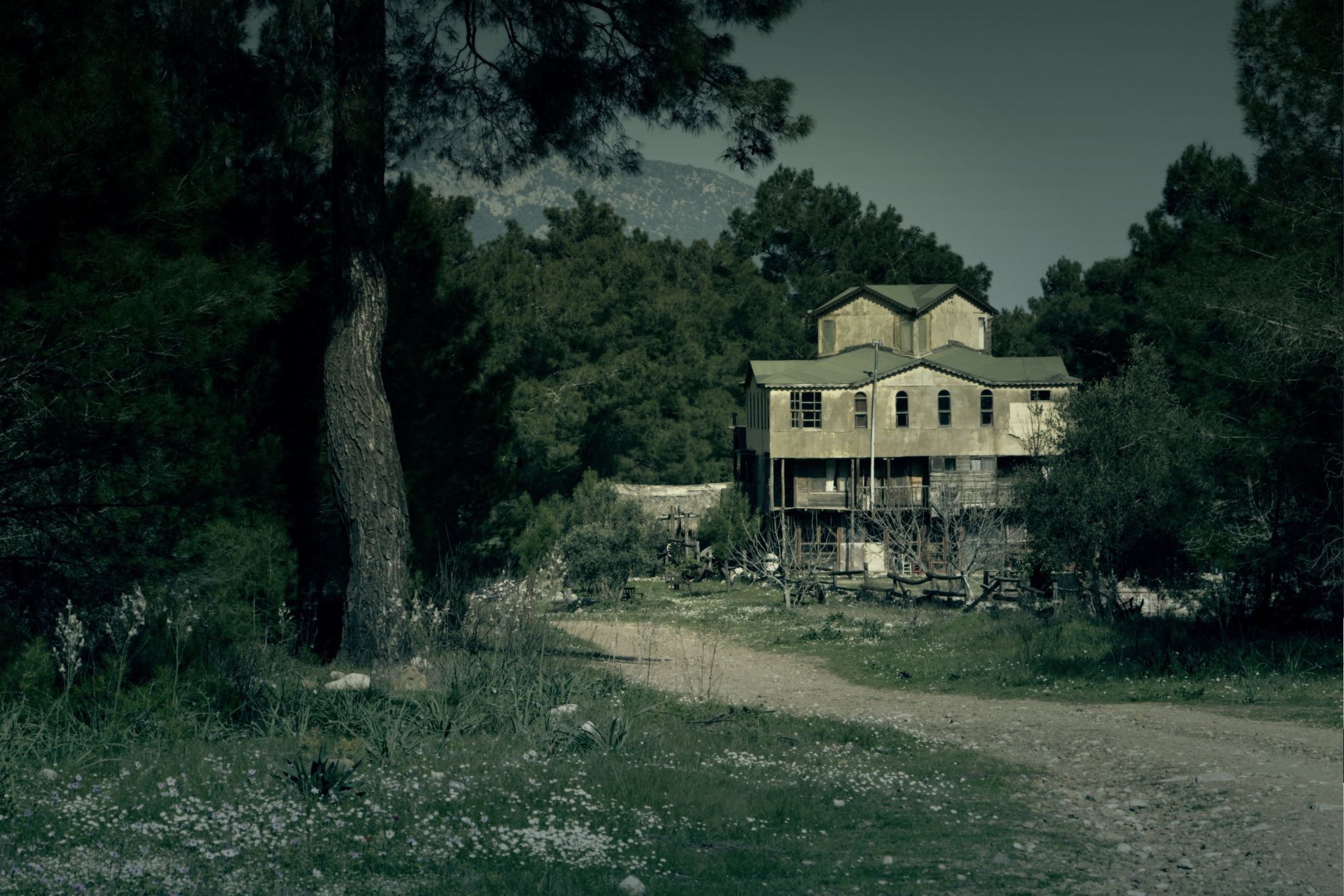Minds can exist in a limbo, so can people and memories, but ever heard of property that exists in a limbo? Some houses and properties do exist in limbo and go by the name of ‘zombie properties’.
Unpacking the meaning of ‘zombie properties’
A zombie property, also known as a zombie foreclosure, refers to a property that the owner has abandoned but has not yet undergone the official foreclosure procedure. To explain further, these are homes where the homeowners stop paying their mortgages, move out, and mistakenly think the foreclosure process is finished. In reality, the property remains in a state of limbo – neither occupied (alive) nor officially foreclosed (dead). It’s essentially an unfinished foreclosure.
These properties often deteriorate because neither the lender nor the homeowner assumes responsibility for them. This can harm neighborhoods by reducing property values, attracting illegal occupants, and posing safety issues.
And currently, the U.S. is under a zombie property attack that according to experts is more or less harmless.
What is the current status of America’s property market?
According to the recently released third-quarter 2023 Vacant Property and Zombie Foreclosure Report by ATTOM (a leading curator of land property, and real estate data), there are approximately 1.3 million vacant residential properties in the United States. This represents roughly 1 in every 79 homes nationwide. Which if you do the math adds up to more houses than a brain can fathom. This percentage is similar to that of the second quarter of this year.
Furthermore, the report illustrates that 315,425 residential properties in the U.S. are currently in the foreclosure process. A surge of 1.3 percent from the previous quarter and has seen a significant rise of 16.6 percent compared to the third quarter of 2022.
Among these properties in the pre-foreclosure stage, around 8,800 are categorized as “zombie foreclosures”. In the third quarter of 2023, this number has seen a slight increase of 0.3 percent compared to the second quarter and a more substantial rise of 13.9 percent compared to the same period in the previous year.

What is behind this rise?
While there is no particular reason as to why this happens, one possible explanation (amidst many) that has been put forth is that an increasing number of lenders are pressing for payment from delinquent homeowners ever since the pandemic deferrals were removed and borrowers are not in forbearance anymore. And the matters get serious when they take these cases to courts and add pressure on the homeowners. Inevitably, this has led to a backlog of default notices being issued, coercing many distressed homeowners to abandon their properties, prematurely.
Key takeaways
While the data that is available varies across regions, in providing a brief analysis of the important details that were mentioned in the report, one can grasp as to how and why this may not be deemed as a threat to the housing market by real-estate connoisseurs.
Interestingly, in various neighborhoods across the United States, the presence of zombie foreclosures, or abandoned properties in foreclosure limbo, varies more widely than one could have assumed.
| Region | Percentage increased/decreased |
| Missouri | A significant increase by 51% |
| Maryland | An increase of 22% |
| Oklahoma | An increase of 15% |
| Connecticut | An increase of 13% |
| Pennsylvania | An increase of 11% |
| Texas | A substantial decrease by 33% |
| Michigan | A decrease of 12% |
| Georgia | A decrease of 11% |
| Kentucky | A decrease of 9% |
| Nevada | A decrease of 8% |
Table 1: Data on residential properties
All in all, the overall vacancy rate for residential properties has remained quite stable for the past five quarters and currently stands at 1.26%, meaning one in every 79 homes is vacant. This rate closely matches the 1.27% from the second quarter of 2023 and the 1.28% rate from the previous year.
States with the highest vacancy rates for all residential properties include Oklahoma (2.26%), Kansas (2.13%), Alabama (2.03%), Indiana (2.02%), and West Virginia (2%). Conversely, states with the lowest overall vacancy rates are New Jersey (0.33%), New Hampshire (0.33%), Vermont (0.39%), Idaho (0.43%), and North Dakota (0.64%).

Among the 166 metropolitan statistical areas in the U.S. with at least 100,000 residential properties and at least 100 properties facing possible foreclosure, the highest rates of zombie foreclosures are found in Cedar Rapids, Iowa; Peoria, Illinois; Indianapolis, Indiana; Fort Wayne, Indian and Youngstown, Ohio.
Furthermore, in major metro areas with at least 500,000 residential properties and at least 100 homes facing foreclosure, the highest zombie foreclosure rates are in Cleveland, Ohio (7%); St. Louis, Missouri (6.5%); Baltimore, Maryland (5.8%); and Pittsburgh, Pennsylvania (5.7%).
Owing to this data distribution, despite the uptick of zombie properties, Rob Barber, CEO for ATTOM says that: “Zombie foreclosures again are ticking up a tiny bit this quarter, tracking along with a small rise in overall foreclosure activity around the country. That’s to be expected, as a handful of homeowners who can’t catch up on overdue mortgage payments just walk away from their properties, but the big picture remains the same. Abandoned properties pose almost none of the blight threats they brought a decade ago when far more homeowners were throwing in the towel after the Great Recession of the late 2000s.”
This quarterly gain in zombie properties was dubbed by experts as one of the smallest recorded, representing a miniscule portion of the nation’s entire stock of 101.6 million residential properties. However, even though it may appear harmless, it is always better to be vigilant and aware about this upward trend, so that if it goes out of hand relevant measures can be taken in due time.
(Sandunlekha Ekanayake)
